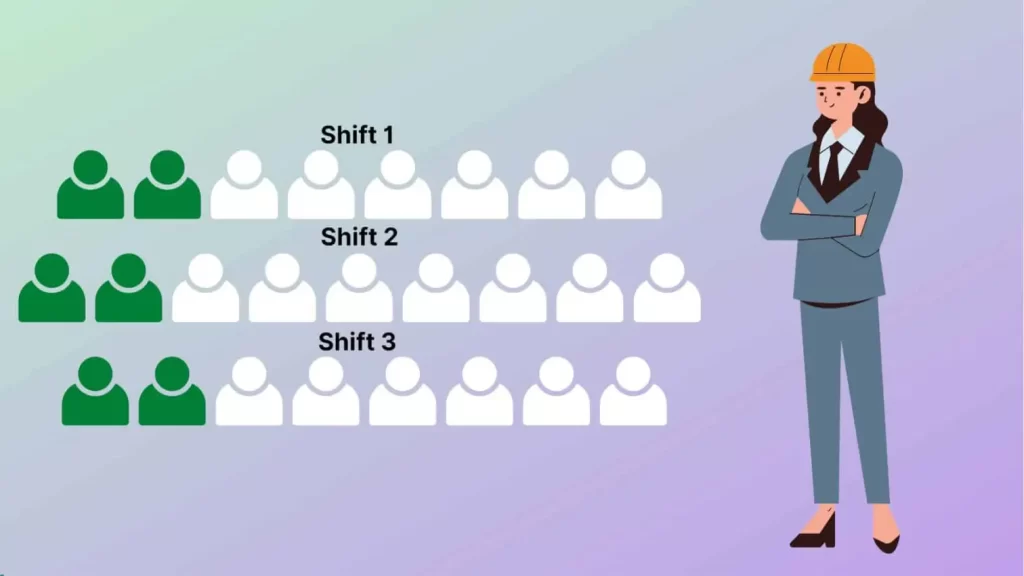Training and Assessment Delivered on Behalf of Allens Training Pty Ltd RTO 90909
First Aid Code of Practice: A Quick and Easy Guide
Meeting first aid regulations is important: but let’s be honest: it’s not the most exciting topic in the world. So we’ve made 6 great videos and a quick and easy guide. On this page we’ll help make regulations easy and practical!
What is the First Aid Code of Practice?
Imagine you’re at work, and Fred falls over, breaks his arm and starts bleeding. Where is the first aid kit? Is it close by? Is everything in the kit, or is something missing? Is the gear in good condition and ready to use, or is it old and out of date? In a situation like this, you want to ready, not only to help Fred, but also to protect yourself legally. That’s why its important to brush up on Safework Australia’s “First Aid Code of Practice.
It’s a document that guides businesses on how to meet Australian standards for first aid in the workplace.
It gives advice on:
- What goes into your kits
- How to maintain them
- Where to put your kits
- and how many staff need training.
By following the guidelines outlined in the code of practice, businesses can protect themselves and their employees in the event of an emergency.
What Should Go In A First Aid Kit?
When someone needs help, it’s important to make sure that you have the right gear in your first aid kit. The first aid code of practice gives good advice on how to do that.
So, to recap: Make sure your kits have the required equipment suggested in the code of practice and have what you need to address your risks. That way when an emergency occurs, your kits will be first aid ready.
Restocking & Maintenance
Here’s the problem. One of your co-workers has a minor injury and you get the kit to treat them. When you open the kit, dust covers your hands. You look for the items you need but the kit is so messy they are hard to find. And when you find what you need, the saline expired a decade ago, and the band-aids have lost their sticky. No one’s sorted this kit out since the last time it was used!
Where Should You Place Your First Aid Kit
At one place we were training at, the staff weren’t sure where their first aid kit was. It ended up being in a random draw in an office. Why is that a problem? Time counts in an emergency, and you want kits to be as easy as possible to find and close to where potential injuries might occur. Here’s a few pieces of advice the first aid code of practice gives and some suggestions on how you might apply them.
So to recap
- Make sure that kits are where they are most needed
- Make sure to have enough kits and have them clearly signed
How Many Staff Should I Train?
Being first aid ready isn’t just about having the right gear in the right place. You need to have staff ready and trained to help. So you might wonder: How many staff do I need to train? Section 3.5 of the code of practice gives good advice on what to do
Get First Aid Ready Today
We hope you’ve enjoyed our videos. The first aid code of practice offers some great advice on what to include in your kit and how to assess your risks, but it can be overwhelming to sort through all the information on your own. That’s why we offer free first aid assessments for businesses. Our experts will help you identify your specific risks and ensure that your kit has everything you need to handle any emergency that may arise. Book your free assessment today and rest easy knowing you’re prepared for anything.


